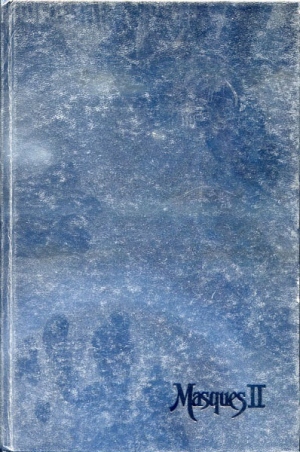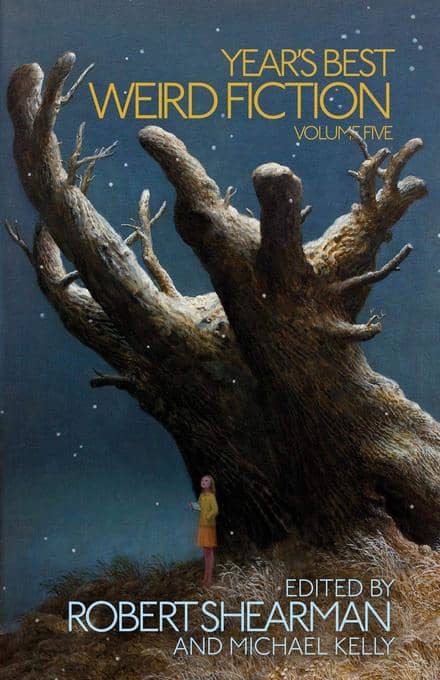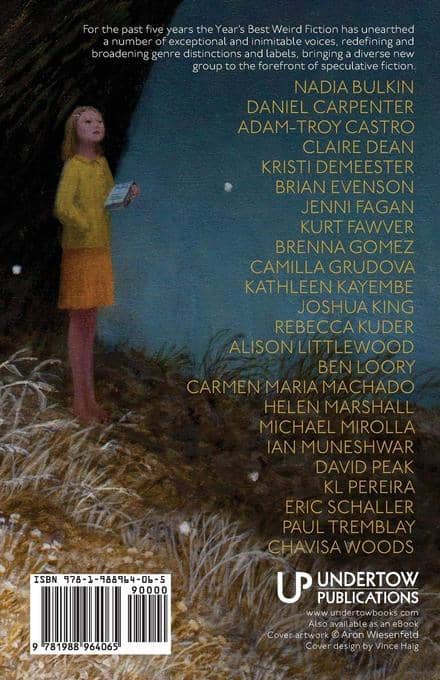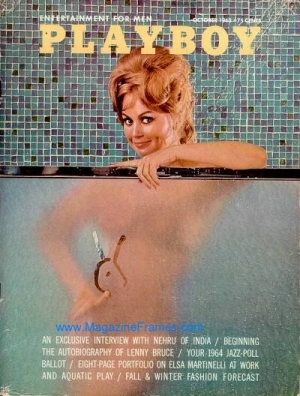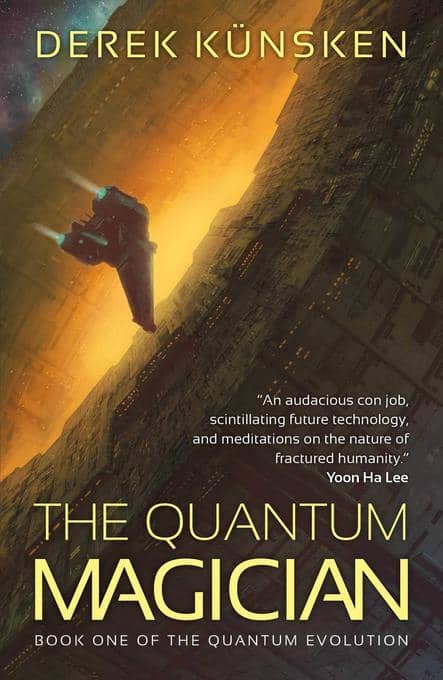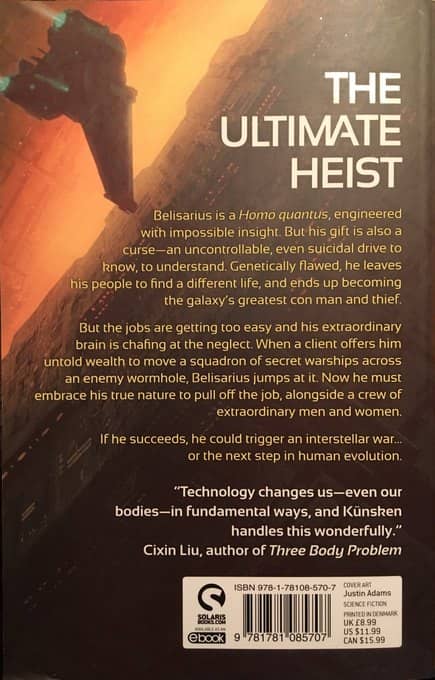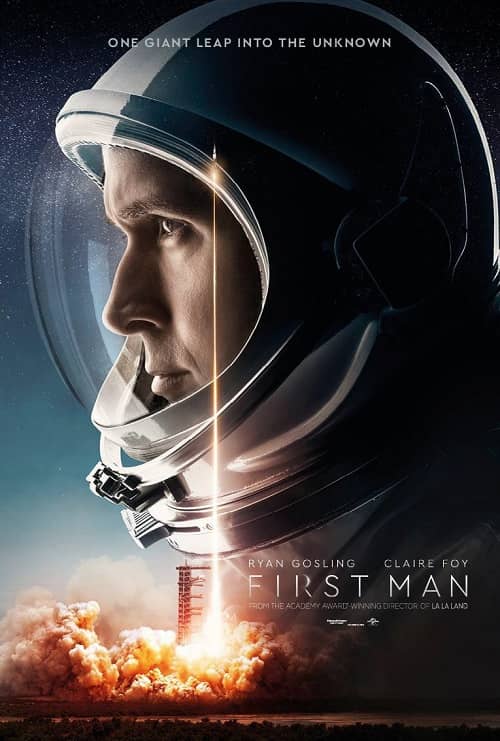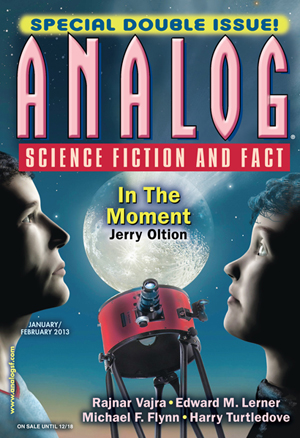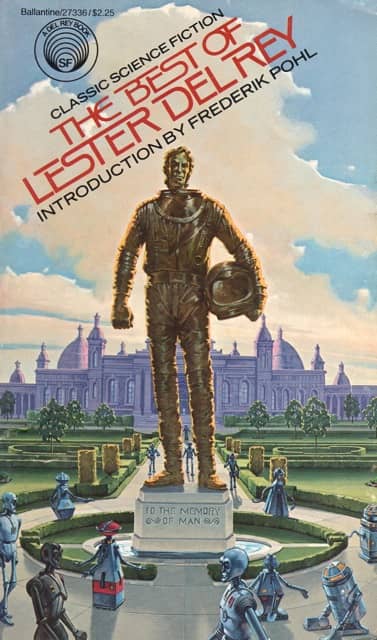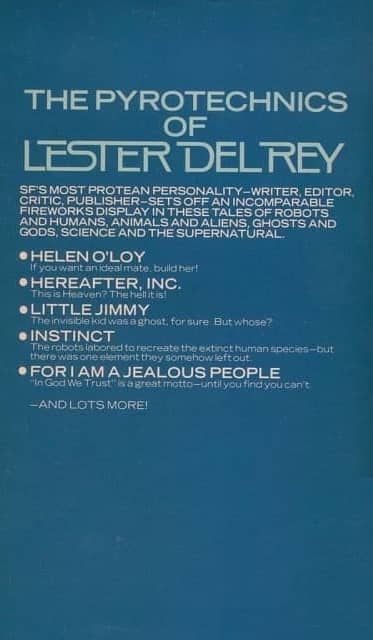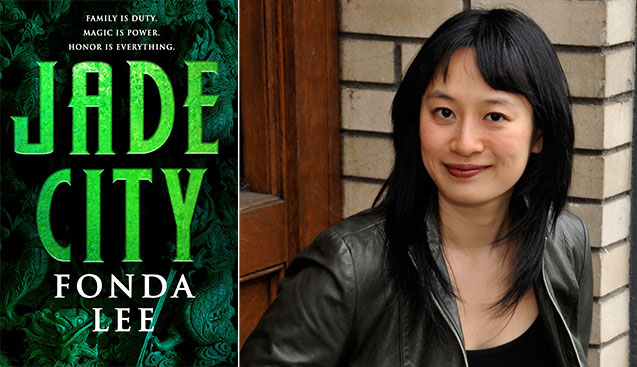Mark Morris on the New Fears Anthologies
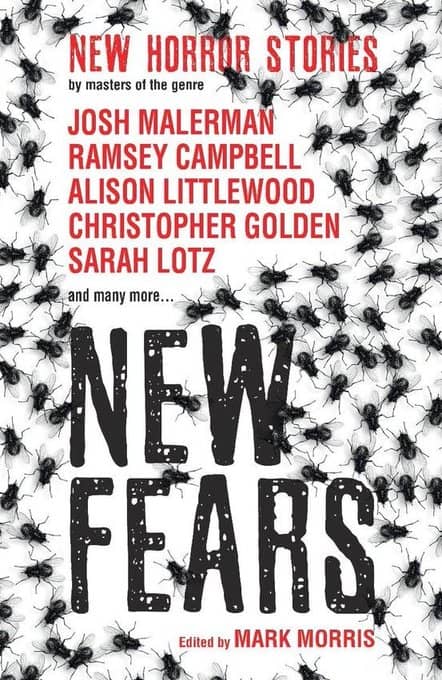 |
 |
I was pretty excited by Mark Morris’ New Fears last year. It was a terrific horror anthology, with brand new stories by Alison Littlewood, Angela Slatter, Nina Allan, Chaz Brenchley, Ramsey Campbell, Adam Nevill, Muriel Gray, Kathryn Ptacek, Christopher Golden, and many others.
I kept an eye out for the second one in the series, and it arrived right on schedule from Titan Books last month. New Fears 2 looks even better, with 21 stories by the most acclaimed writers in the genre, including Priya Sharma, Robert Shearman, Gemma Files, Tim Lebbon, Brian Hodge, V. H. Leslie, Brian Evenson, Steve Rasnic Tem, Aliya Whiteley, John Langan, Paul Tremblay, and many others.
But anthology series are a tough sell in today’s market, as we’ve talked about here a few times (see “Is the Original SF and Fantasy Paperback Anthology Series Dead?” for some extensive discussion on the topic) So I was dismayed, but not too surprised, to see a public plea from Morris last week for support for his new series.
On Sunday New Fears picked up the British Fantasy Award for Best Anthology. The reviews for the book have been overwhelmingly positive, with a couple of reviewers even saying that it’s the best horror anthology they’ve read for years… And as with New Fears, the reviews for New Fears 2 have been phenomenally good.
But…
Despite all these accolades, New Fears simply hasn’t sold enough copies for Titan, at this time, to recommission the series… However if sales pick up, and the first two volumes earn out their advances, then there’s a possibility they make pick the series up again at a later date.
